Until a few years ago, I had never even heard of the term “grass-fed.” Still early on in my real food journey and #LifeFromScratch, I was more than happy to pick up a pound of ground beef from the grocery store for the low low price of $3.89 per pound.
As far as I was concerned, a side of beef was a side of beef. I had never even considered the idea that factors such as the environment that a cow was raised in or what a cow ate may have an effect on our ecosystem, the nutritional content of the beef, and the way our bodies convert that nutrition into energy for use in our own bodies. But as I continued in my quest to improve my own nutrition, I began to realize that a side of beef is not a side of beef: the quality of meat does, in fact, matter for more than just my waistline, but my overall health as well.
I began to wonder, if we are what we eat, then aren’t we what we eat, eats?
Take the example of a human nursing mother (which I happen to be right now): if I eat a diet consisting of nutrient-dense foods such as whole milk, pastured eggs and pastured butter, avocados, beef liver, and fruits and vegetables high in vitamins, minerals, and antioxidants, will the quality of my milk not be far superior than if I were to eat a diet consisting of candy, potato chips, and soda pop? Of course! I don’t think there’s a person in the world who would argue that. What I consume has a profound effect on the quality of my milk. Likewise, what a cow consumes certainly has a profound influence on the quality of the beef it produces.
After coming to this logical conclusion, my next matter of business was to educate myself on the implications of what this discovery meant. So I set out to put myself through a crash course in all things grass-fed. Today I’d like to share some of the important information I found with you so that you can make educated dietary decisions for yourself and your family.
So let’s start with the basics and get some terms defined
What does the term “grass-fed” actually mean? Grass-fed (in terms of beef) means that the cattle were allowed to graze and forage for their food, which consists mainly of grass. In some climates during wintertime, it’s necessary to supplement the cows with a close substitute such as alfalfa, however the emphasis is still placed on allowing the cattle to graze freely as much as possible.
What does “conventionally raised” mean? Conventionally raised beef means that the cows were raised in feedlots or “CAFOs,” and fed a diet consisting mainly of grains, corn, and/or soy. What does “CAFO” stand for? CAFO stands for Concentrated Animal Feeding Operation. According to the EPA (Environmental Protection Agency), “Animal Feeding Operations (AFOs) are agricultural operations where animals are kept and raised in confined situations. AFOs congregate animals, feed, manure and urine, dead animals, and production operations on a small land area. Feed is brought to the animals rather than the animals grazing or otherwise seeking feed in pastures, fields, or on rangeland.” (source)
What does “grass-fed, grain-finished” mean? Grass-fed, grain-finished means that the cow is allowed to graze for most of its life, but is “finished” or fattened on grains for the last 90-160 days before it is slaughtered.
Is “organic” the same as “grass-fed”? The short answer: no. They are not mutually exclusive terms. According to the USDA (United States Department of Agriculture), in order for livestock to be considered organic, they must:
- Be fed agricultural feed products that are 100% organic (so nothing genetically engineered)
- Graze on pasture for not less than 120 days
- Not be routinely treated with rBGH (recombinant bovine growth hormone) or antibiotics
- Be allowed access to the outdoors year round with the exception of short periods of time for sickness or inclement weather (source)
From this you can see that simply because a beef product has the USDA Organic label, does not mean that it is grass-fed. Likewise, if a beef product is labeled grass-fed, this doesn’t mean that it meets USDA organic standards with regards to antibiotics and growth hormones.
BUT (and this is a big BUT), it is very common to find farmers producing grass-fed beef who utilize farming practices that would qualify their beef for the USDA organic label. However due to the cost of obtaining that label, they’re unable to do so. This is where it really benefits you to make friends with your local farmer. They’re usually more than happy to share their farming practices with you!
So now that we’re all working with the same set of terms, let’s talk about why one might choose grass fed over conventional
There are loads of great reasons, but here are my top four:
Reason #1: Grass-fed beef is nutritionally superior to its conventional counterpart
I’m not a calorie counting kind of girl, but if I were I would be happy to find out that grass-fed beef has fewer calories than grain-fed beef. In fact, a 6 oz piece of grass-fed beef has about 100 fewer calories than a 6 oz piece of grain-fed beef. Cows are fed grains for two reasons: 1. Grains are cheap. 2. They fatten the cattle up quickly and effectively, and we like our steaks nice and marbled with fat because fat is flavor, right?
Grass-fed beef is higher in heart healthy omega 3 fatty acids. Omega 3’s may not only lower one’s risk of coronary artery disease, but also may help lower blood pressure. Additionally, there are some promising studies considering omega 3’s as treatment and/or prevention of cancer, ADHD, Alzheimer’s, and depression. (source)
Grass-fed beef is higher in CLA (conjugated linoleic acid) than conventionally raised beef — five times higher to be exact. Cows are ruminant animals. Ruminants have a digestive system that is vastly different from humans. They have four stomachs that are designed to digest the large amounts of cellulose in grass. When ruminant animals (cattle, sheep, elk, buffalo, goats, giraffes, camels) eat from pasture alone, they’re able to convert that grass to CLA. Why do we care about CLA? In addition to helping to regulate metabolism, fight obesity, and diabetes, there is also emerging evidence that CLA may help fight cancer! (source)
Grass-fed beef is higher in vitamin E — about four times higher than feedlot beef. Vitamin E is a potent antioxidant. Antioxidants are important because they fight free radicals (free radicals are those things that attack your DNA and cause cancer). Vitamin E is also anti-aging and a potent immune system booster!
Reason #2: Grass fed cows are healthier than feedlot cows.
Conventional cows are packed into feedlots in quarters so close that they can’t even turn around. They’re given pounds and pounds of genetically engineered corn, soy, and grains daily in order to fatten them up for slaughter faster. They’re also given up to six different types of growth hormone to hasten the process. And because the conditions the cows are kept in are so unsanitary, the cows are often sick and require treatment with antibiotics.
All of these things (hormones, antibiotics, genetically modified soy, corn and grains) are passed on to us when we eat the cow.
Reason #3: Grass fed farming practices are better for the environment.
There are over 15,000 CAFOs in the United States, which generate millions of tons of manure every year.
The manure of these cows contains a number of potentially harmful pollutants including pesticides, hormones, antibiotics, nitrogen, and phosphorous. These pollutants leach into the ground water and surface water, significantly impacting water quality and aquatic life.
When cows are allowed to graze, the waste is not concentrated in single areas, but rather spread out over larger areas. CAFO gas emissions from manure decomposition also contribute to the reduction in ambient air quality (source).
Reason #4: Buying grass-fed helps support small family farms.
Of course there are some farms out there that are producing grass-fed beef on a large scale, and in all likelihood, when you purchase grass-fed beef from the grocery store, you’re getting beef from one of said large scale operations, or it has been imported to the U.S.
So this is the part where I encourage you to seek out your local farmers! The less distance your food travels to get to your plate, the better! In other words, eat local as often as possible! But now I hear you asking, how do I find local grass-fed beef in my area?
Here are some ideas:
- Eat Wild is an online database with a list of farms producing grass-fed beef in your area! Just click on your state and check out all of the farms near you!
- Another great resource is Local Harvest. On this website you can find local farms, organic produce, events in your area and how to find a CSA (community supported agriculture) in your area.
- And please don’t forget to hit up your local farmer’s market. What I love about farmer’s markets is that there is a face attached to the product in front of you. If the label doesn’t specify (or there is no label) feel free to ask the vendor if the beef is grass fed and if they use hormones or antibiotics. Farming is a true labor of love and it’s so very personal, so I think that farmer’s appreciate it when you ask them about their product.
- Three words: Home Grown Cow! We *love* Home Grown Cow and just know that you will, too. It’s a virtual farmer’s market filled with nourishing, consciously-raised meats and cheeses!
Don’t be shy. Shake a farmer’s hand.
But what about the cost? Grass fed beef costs more money, right?
Yes, it does. But don’t worry. I have a few suggestions on how you can make it more affordable for you.
Suggestion #1: Eat less of it. Okay that’s really obvious right? Of course it is. But Americans tend to slap a 14 oz ribeye on a plate, add a few stalks of asparagus and call it a meal. That’s overkill, if you ask me. So try smaller portions.
Suggestion #2: Go for less expensive cuts of beef. For example, instead of going for a tenderloin filet, perhaps try this recipe for Stir Fry using skirt steak from Eat Beautiful. Or you can try my classic Midwest Chili using grass-fed ground beef.
Suggestion #3: Again, I say shake a farmer’s hand! Go to your local farmer’s market or participate in a CSA. Anytime you purchase product at the grocery store, you’re going to incur some of the overhead costs that the grocery store incurs. When you skip the supermarket and go straight to the source, you’re just paying for the product itself.
Suggestion #4: Buy in bulk. Often times, farmers offer deals for buying an eighth, quarter, or even half of a cow! This is an awesome way to go. While it’s more expensive up front, it’s definitely less expensive than buying individual cuts in the long run. And that way, you get a great variety of cuts of beef. I know that if you’re used to purchasing conventionally raised beef, you can get a little bit of sticker shock when you look at the price of grass-fed beef.
But I have this question for you: now, since you know that beef from cows that have been grazing on green grass is nutritionally superior, isn’t it worth it?
I look at purchasing quality food as an investment in my health and the health of my family. And as more and more people begin to learn about the many benefits of going grass-fed, the more available it will become, and the price will go down.
Your loudest vote is the vote you cast with your dollars! The bottom line is, we all just want to do what’s best for our families, our health and the environment.
And for me and many others, that means going for grass-fed!

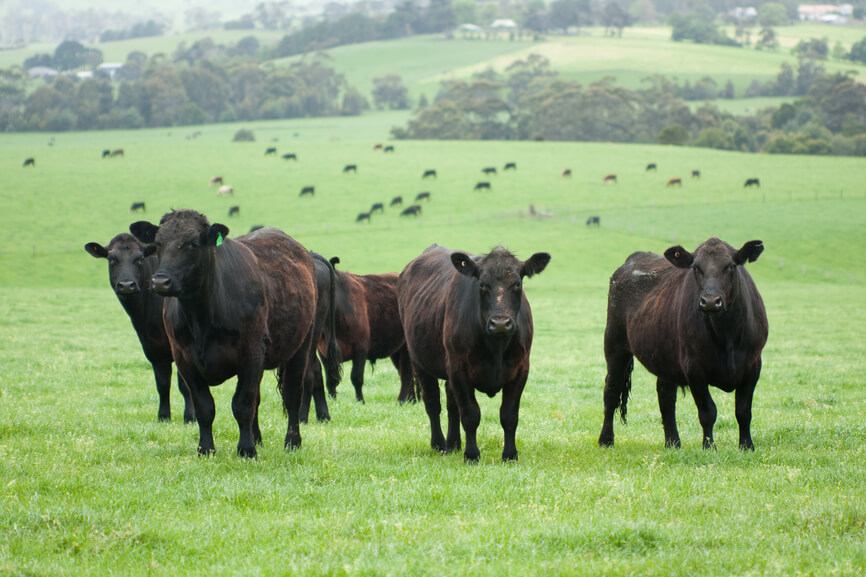
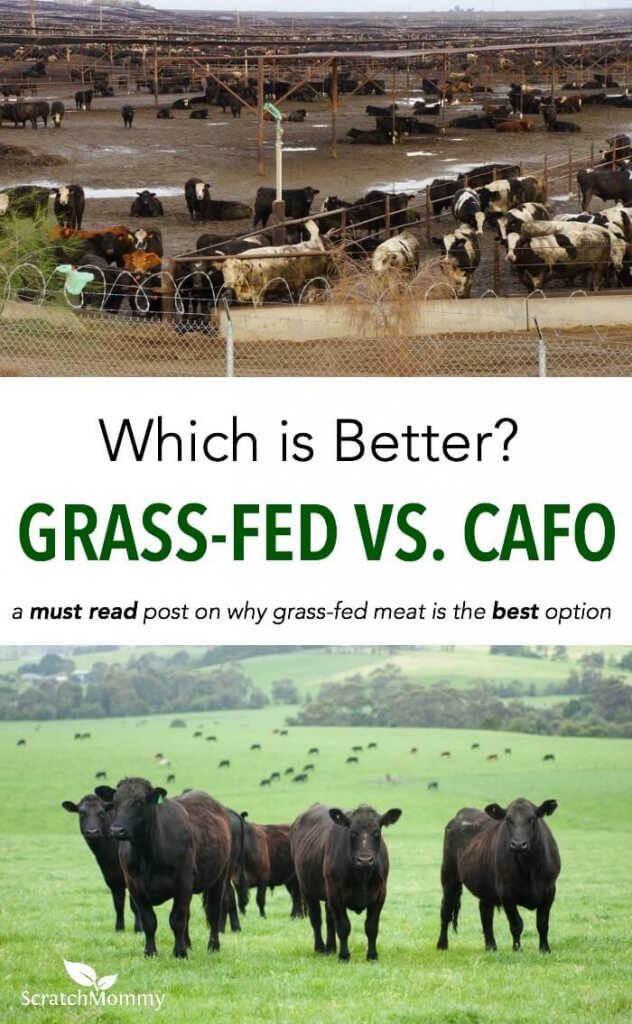
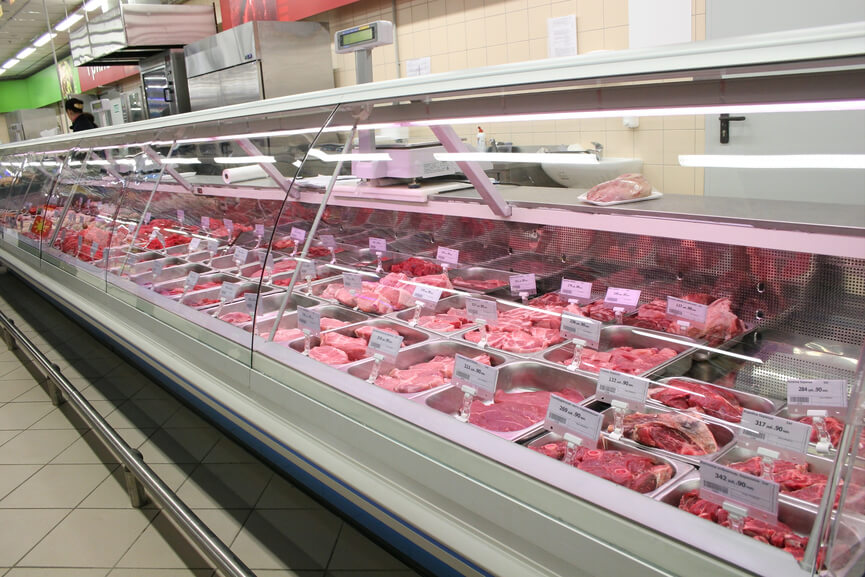
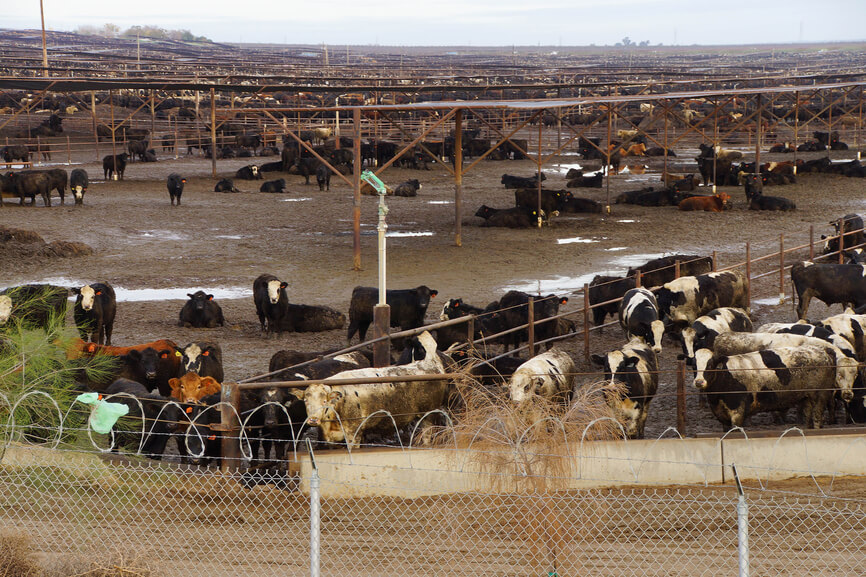


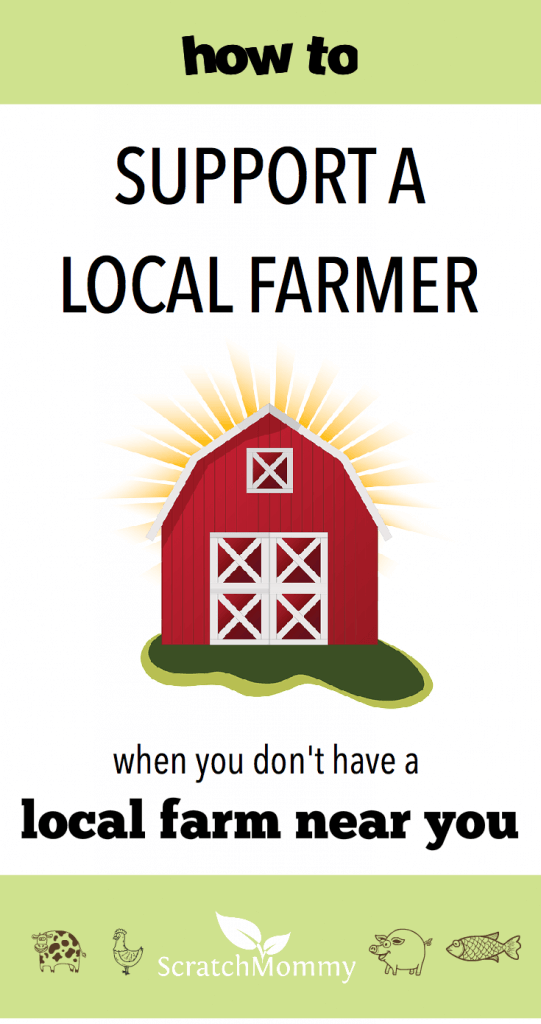
Comments 7
LOVE this post!!! I would just add that consumers should also not settle for CAFO meat when they eat out- like beef tacos when going out to Mexican food, for instance. That’s just gross. So many of us want to turn off our consciences when we eat out. But CAFO meat is never okay. It’s always disgusting. And there are restaurants that are working hard to provide grass-fed meat and organic produce. These are the restaurants we should look for and support. It’s a major mindset change; but I think we should all be willing to make the change given what’s at stake. At steak…ha ha, sorry, couldn’t resist. 😉 We can eat out less, because it is expensive, but make a better choice when we eat out. I’m glad more burger places are offering this option. Also, ideally the beef is grass-fed AND organic to ensure the cows aren’t eating GM grass– a whole other and important issue. Like Kelli says, if you buy grass-fed from a local farmer you can ask them about their grass and make sure it’s not GM. That’s the best option. Thanks, Kelli!!! <3
AWESOME info, Kelli!
I used to work as a Nanny for a family that ran a huge CAFO pig farm. The entire family had obvious health problems and the kids were completely oblivious to the idea that there food had been tortured.
You could hear the pigs randomly scream throughout the day because they were uncomfortable. I loved staying with those kids but the huge GMO farm operation made me so sad. Growing up in Indiana it’s all around here.
Another great resource for finding grass-fed meats is the online farmers’ market: http://www.homegrowncow.com . There is a messaging system you can use to contact any farmer you are interested in so you can ask them questions about the quality of the grass they are feeding their animals, or whatever else you are interested in knowing. We think it’s a great site.
yes, Yes, YES! 😀
We *love* Home Grown Cow!!! You can read all of the posts we have on Scratch Mommy about Home Grown Cow HERE.
I agree that we should all be eating grass fed beef, but I wonder how much land all that cattle would occupy to feed every man, woman and child in America.
An important consideration, Victoria. Quality is certainly more important than quantity. Many Americans probably eat more (low-quality) meat than necessary when they would get way more benefits from a smaller amount of grass-fed beef. Thanks for chiming in!